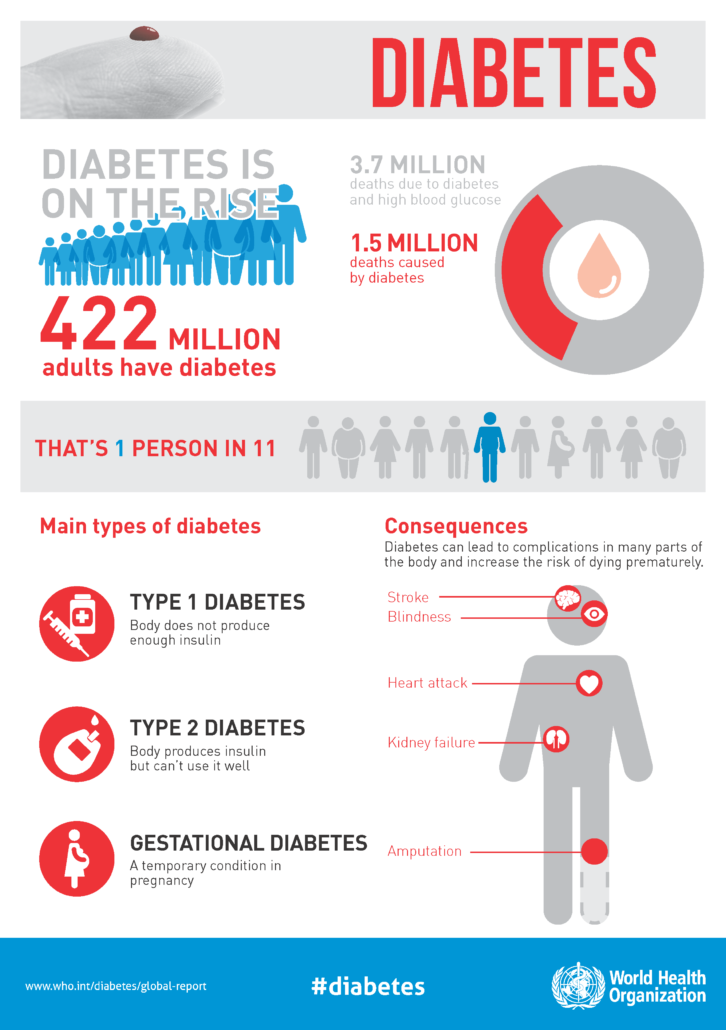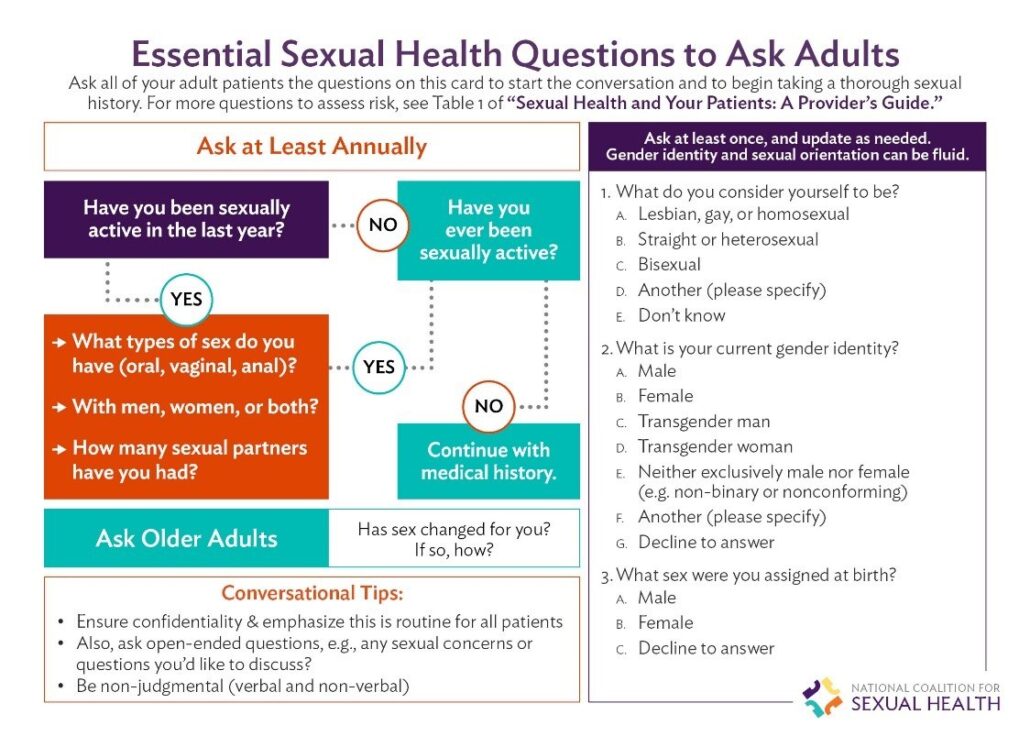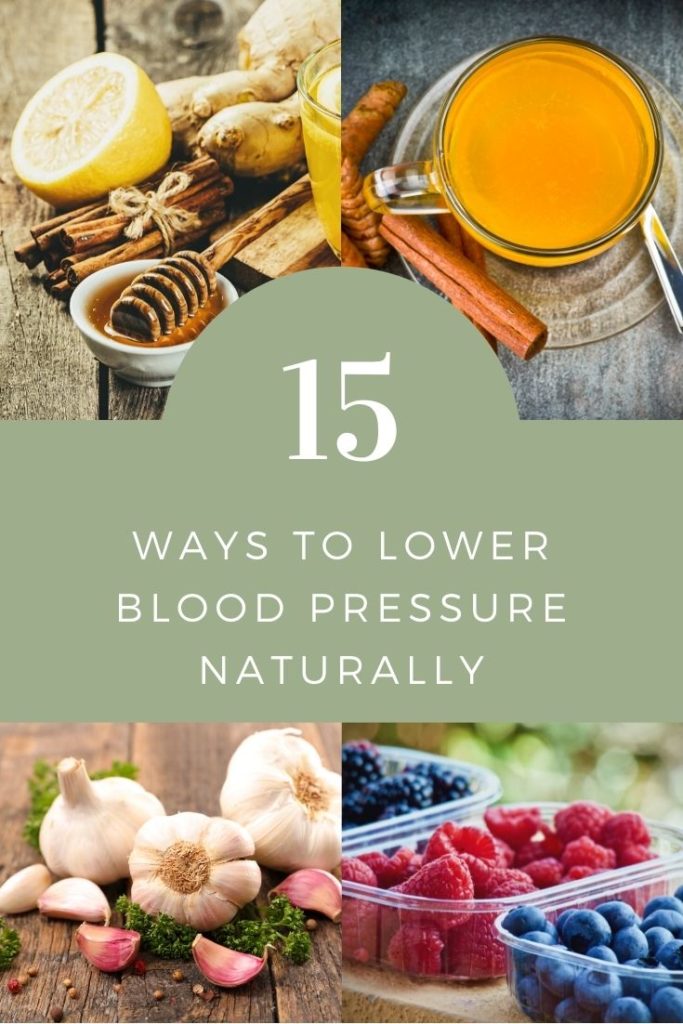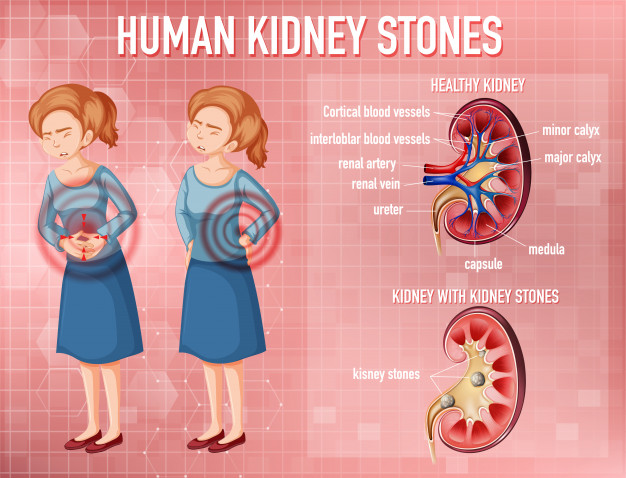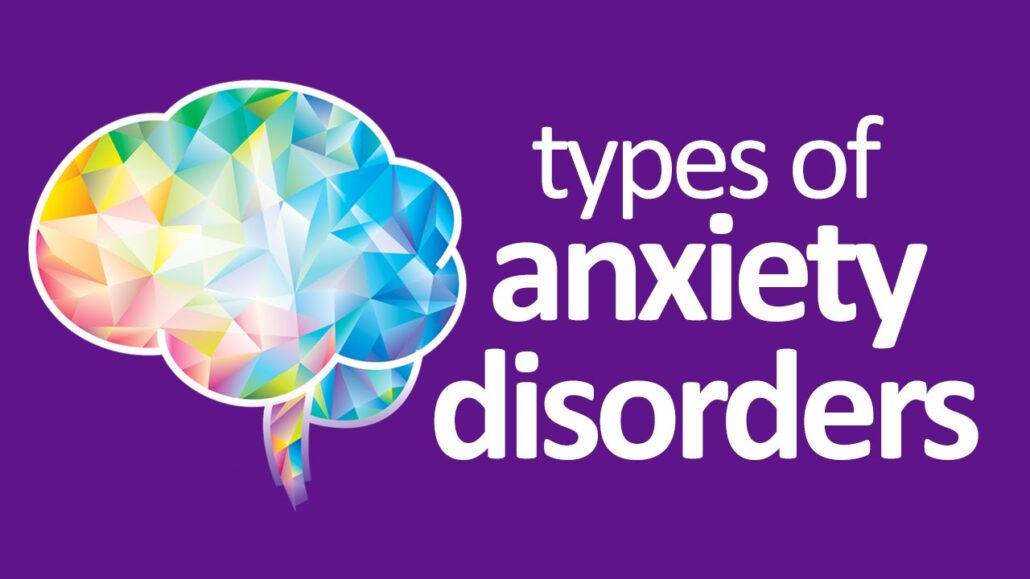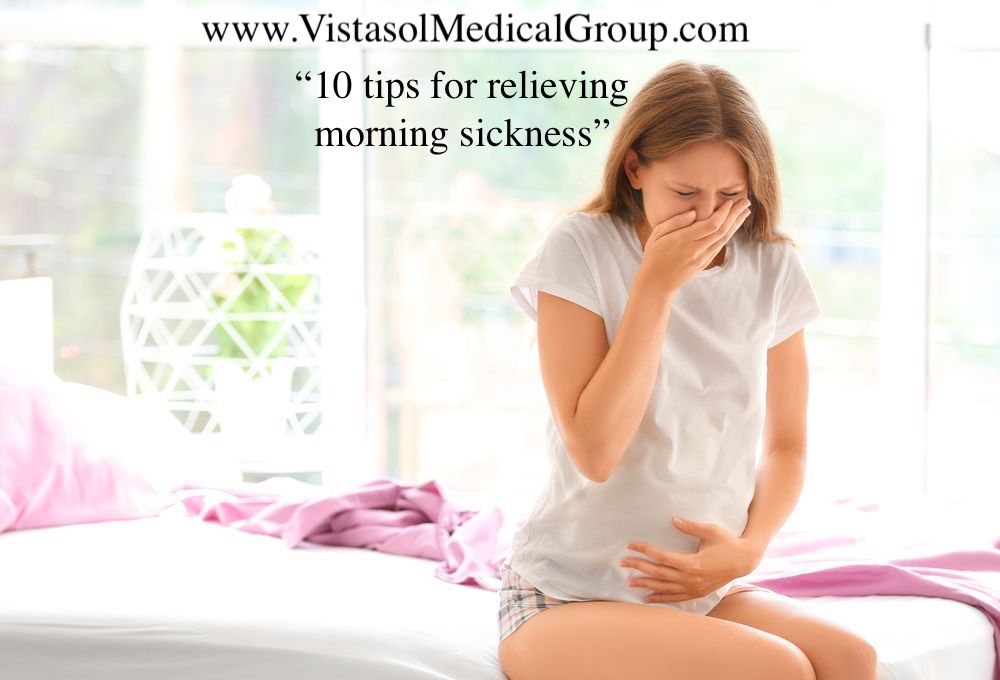15 natural ways to lower your blood pressure
High blood pressure is a dangerous condition that can damage your heart. It affects one in three people in the US and 1 billion people worldwide.
If left uncontrolled, high blood pressure raises your risk of heart disease and stroke.
But there’s good news. There are a number of things you can do to lower your blood pressure naturally, even without medication.
Here are 15 natural ways to combat high blood pressure.
1. Walk and exercise regularly
Exercise is one of the best things you can do to lower high blood pressure. Regular exercise helps make your heart stronger and more efficient at pumping blood, which lowers the pressure in your arteries. In fact, 150 minutes of moderate exercise, such as walking, or 75 minutes of vigorous exercise, such as running, per week, can help lower blood pressure and improve your heart health.
What’s more, doing even more exercise than this reduces your blood pressure even further, according to the National Walkers’ Health Study.
Bottom line: Walking just 30 minutes a day can help lower your blood pressure. More exercise helps reduce it even further.
2. Reduce your sodium intake
Salt intake is high around the world. In large part, this is due to processed and prepared foods.
For this reason, many public health efforts are aimed at lowering salt in the food industry.
Many studies have linked high salt intake with high blood pressure and heart events, including stroke.
However, more recent research indicates that the relationship between sodium and high blood pressure is less clear.
One reason for this may be genetic differences in how people process sodium. About half of people with high blood pressure and a quarter of people with normal levels seem to have a sensitivity to salt.
If you already have high blood pressure, it’s worth cutting back your sodium intake to see if it makes a difference. Swap out processed foods with fresh ones and try seasoning with herbs and spices rather than salt.
Bottom line: Most guidelines for lowering blood pressure recommend reducing sodium intake. However, that recommendation might make the most sense for people who are salt-sensitive.
3. Drink less alcohol
Drinking alcohol can raise blood pressure. In fact, alcohol is linked to 16% of high blood pressure cases around the world.
While some research has suggested that low-to-moderate amounts of alcohol may protect the heart, those benefits may be offset by adverse effects.
In the U.S., moderate alcohol consumption is defined as no more than one drink a day for women and two for men. If you drink more than that, cut back.
Bottom line: Drinking alcohol in any quantity may raise your blood pressure. Limit your drinking in line with the recommendations.
4. Eat more potassium-rich foods
Potassium is an important mineral.
It helps your body get rid of sodium and eases pressure on your blood vessels.
Modern diets have increased most people’s sodium intake while decreasing potassium intake.
To get a better balance of potassium to sodium in your diet, focus on eating fewer processed foods and more fresh, whole foods.
Foods that are particularly high in potassium include:
- vegetables, especially leafy greens, tomatoes, potatoes, and sweet potatoes
- fruit, including melons, bananas, avocados, oranges, and apricots
- dairy, such as milk and yogurt
- tuna and salmon
- nuts and seeds
- beans
Bottom line: Eating fresh fruits and vegetables, which are rich in potassium, can help lower blood pressure.
5. Cut back on caffeine
If you’ve ever downed a cup of coffee before you’ve had your blood pressure taken, you’ll know that caffeine causes an instant boost.
However, there’s not a lot of evidence to suggest that drinking caffeine regularly can cause a lasting increase.
In fact, people who drink caffeinated coffee and tea tend to have a lower risk of heart disease, including high blood pressure, than those who don’t drink it.
Caffeine may have a stronger effect on people who don’t consume it regularly.
If you suspect you’re caffeine-sensitive, cut back to see if it lowers your blood pressure.
Bottom line: Caffeine can cause a short-term spike in blood pressure, although for many people, it does not cause a lasting increase.
6. Learn to manage stress
Stress is a key driver of high blood pressure.
When you’re chronically stressed, your body is in a constant fight-or-flight mode. On a physical level, that means a faster heart rate and constricted blood vessels.
When you experience stress, you might also be more likely to engage in other behaviors, such as drinking alcohol or eating unhealthful food that can adversely affect blood pressure.
Several studies have explored how reducing stress can help lower blood pressure. Here are two evidence-based tips to try:
- Listen to soothing music: Calming music can help relax your nervous system. Research has shown it’s an effective complement to other blood pressure therapies.
- Work less: Working a lot, and stressful work situations, in general, are linked to high blood pressure.
Bottom line: Chronic stress can contribute to high blood pressure. Finding ways to manage stress can help.
7. Eat dark chocolate or cocoa
Here’s a piece of advice you can really get behind.
While eating massive amounts of dark chocolate probably won’t help your heart, small amounts may.
That’s because dark chocolate and cocoa powder are rich in flavonoids, which are plant compounds that cause blood vessels to dilate.
A review of studies found that flavonoid-rich cocoa improved several markers of heart health over the short term, including lowering blood pressure.
For the strongest effects, use non-alkalized cocoa powder, which is especially high in flavonoids and has no added sugars.
Bottom line: Dark chocolate and cocoa powder contain plant compounds that help relax blood vessels, lowering blood pressure.
8. Lose weight
In people with overweight, losing weight can make a big difference to heart health.
According to a 2016 study, losing 5% of your body mass could significantly lower high blood pressure .
In previous studies, losing 17.64 pounds (8 kilograms) was linked to lowering systolic blood pressure by 8.5 mm Hg and diastolic blood pressure by 6.5 mm Hg.
To put that in perspective, a healthy reading should be less than 120/80 mm Hg.
The effect is even greater when weight loss is paired with exercise.
Losing weight can help your blood vessels do a better job of expanding and contracting, making it easier for the left ventricle of the heart to pump blood.
Bottom line: Losing weight can significantly lower high blood pressure. This effect is even more significant when you exercise.
9. Quit smoking
Among the many reasons to quit smoking is that the habit is a strong risk factor for heart disease.
Every puff of cigarette smoke causes a slight, temporary increase in blood pressure. The chemicals in tobacco are also known to damage blood vessels.
Surprisingly, studies haven’t found a conclusive link between smoking and high blood pressure. Perhaps this is because smokers develop a tolerance over time.
Still, since both smoking and high blood pressure raise the risk of heart disease, quitting smoking can help lessen that risk.
Bottom line: There’s conflicting research about smoking and high blood pressure, but what is clear is that both increase the risk of heart disease.
10. Cut added sugar and refined carbs
There’s a growing body of research showing a link between added sugar and high blood pressure.
In the Framingham Women’s Health Study, women who drank even one soda per day had higher levels than those who drank less than one soda per day.
Another study found that having one less sugar-sweetened beverage per day was linked to lower blood pressure .
And it’s not just sugar — all refined carbs, such as the kind found in white flour — convert rapidly to sugar in your bloodstream and may cause problems.
Some studies have shown that low carb diets may also help reduce blood pressure.
One study on people undergoing statin therapy found that those who went on a 6-week, carb-restricted diet saw a greater improvement in blood pressure and other heart disease markers than people who did not restrict carbs .
Bottom line: Refined carbs, especially sugar, may raise blood pressure. Some studies have shown that low carb diets may help reduce your levels.
11. Eat berries
Berries are full of more than just juicy flavor.
They’re also packed with polyphenols, natural plant compounds that are good for your heart.
Polyphenols can reduce the risk of stroke, heart conditions, and diabetes, as well as improving blood pressure, insulin resistance, and systemic inflammation.
One study assigned people with high blood pressure to a low-polyphenol diet or a high-polyphenol diet containing berries, chocolate, fruits, and vegetables.
Those consuming berries and polyphenol-rich foods experienced improved markers of heart disease risk.
Bottom line: Berries are rich in polyphenols, which can help lower blood pressure and the overall risk of heart disease.
12. Try meditation or deep breathing
While these two behaviors could also fall under “stress reduction techniques,” meditation and deep breathing deserve specific mention.
Both meditation and deep breathing may activate the parasympathetic nervous system. This system is engaged when the body relaxes, slowing the heart rate, and lowering blood pressure.
There’s quite a bit of research in this area, with studies showing that different styles of meditation appear to have benefits for lowering blood pressure.
Deep breathing techniques can also be quite effective.
In one study, participants were asked to either take six deep breaths over the course of 30 seconds or simply sit still for 30 seconds. Those who took breaths lowered their blood pressure more than those who just sat.
Try guided meditation or deep breathing. Here’s a video to get you started.
Bottom line: Both meditation and deep breathing can activate the parasympathetic nervous system, which helps slow your heart rate and lower blood pressure.
13. Eat calcium-rich foods
People with low calcium intake often have high blood pressure.
While calcium supplements haven’t been conclusively shown to lower blood pressure, calcium-rich diets do seem linked to healthful levels.
For most adults, the calcium recommendation is 1,000 milligrams (mg) per day. For women over 50 and men over 70, it’s 1,200 mg per day.
In addition to dairy, you can get calcium from collard greens and other leafy greens, beans, sardines, and tofu. Here is a list of calcium-rich plant-based foods.
Bottom line: Calcium-rich diets are linked to healthy blood pressure levels. You can get calcium through eating dark leafy greens and tofu, as well as dairy.
14. Take natural supplements
Some natural supplements may also help lower blood pressure. Here are some of the main supplements that have evidence behind them:
- Aged garlic extract: Researchers have used aged garlic extract successfully as a stand-alone treatment and along with conventional therapies for lowering blood pressure.
- Berberine: Traditionally used in Ayurvedic and Chinese medicine, berberine may increase nitric oxide production, which helps decrease blood pressure.
- Whey protein: A 2016 study found that whey protein improved blood pressure and blood vessel function in 38 participants.
- Fish oil: Long credited with improving heart health, fish oil may benefit people with high blood pressure the most.
- Hibiscus: Hibiscus flowers make a tasty tea. They’re rich in anthocyanins and polyphenols that are good for your heart and may lower blood pressure.
Bottom line: Researchers have investigated several natural supplements for their ability to lower blood pressure.
15. Eat foods rich in magnesium
Magnesium is an important mineral that helps blood vessels relax.
While magnesium deficiency is pretty rare, many people don’t get enough.
Some studies have suggested that getting too little magnesium is linked with high blood pressure, but evidence from clinical studies has been less clear.
Still, eating a magnesium-rich diet is a recommended way to ward off high blood pressure.
You can incorporate magnesium into your diet by consuming vegetables, dairy products, legumes, chicken, meat, and whole grains.
Bottom line: Magnesium is an essential mineral that helps regulate blood pressure. Find it in whole foods, such as legumes and whole grains.
Take home message
High blood pressure affects a large proportion of the world’s population.
While drugs are one way to treat the condition, there are many other natural techniques, including eating certain foods that can help.





